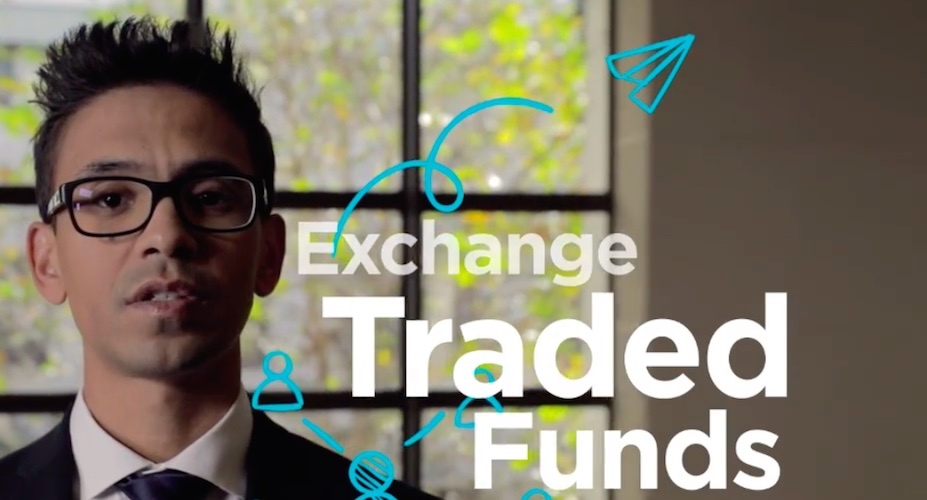Factor investing #1: Understanding what drives performance in your portfolio
Since CN&CO is very involved in many aspects of the financial services industry, we often come across useful and informative articles that we believe our friends and partners will be interested in reading. The latest is a series of articles compiled by Jason Swartz – a member of the team at our partner Satrix – that unpack the concept of factor investing and how it’s used in different situations. We will be publishing an article a week on our blog for the next several weeks. Technical investors, keep an eye out!
Factor investing is one of the tools used by portfolio managers to maximise returns in an investor’s portfolio. Factors employed vary from portfolio to portfolio and from manager to manager. A momentum strategy, for example, focuses on trends in share prices, whereas a value investor would look specifically for shares that he or she believes to be undervalued in the market. More definitions are available here.
This week’s article outlines the various factors that can be applied to your investment portfolio to drive performance.
Understanding what drives performance in your portfolio
By Jason Swartz, Satrix
Client level of adoption/allocation:

In this article we won’t be using factor investing explicitly. Instead, we’ll be using a mathematical framework to find out how much of an active portfolio’s performance comes from so-called style factors, for example ‘Momentum’, ‘Value’ or ‘Quality’, and how much comes from pure outperformance, also known as ‘alpha’.

This evaluation is important, because many traditional active managers deliver a significant percentage of their active returns via static exposures to factors (see figure 1). This phenomenon has less to do with the fact that factor strategies are implemented in a passive way, but more to do with factor strategies having the same ideology as active managers with respect to exploiting market inefficiencies and aiming to outperform the market.
With factors constructed to have characteristics which historically explain excess returns, active managers typically embed these characteristics in their investment process through well-known strategies such as Value, Momentum, Quality, Size and Low Volatility [See Figure 1]. A useful exercise, and the subject of this article’s application, is to understand which combination of these factors is needed to best replicate an active manager’s return through time [See Figure 2] .
This analysis provides valuable insight into whether the active manager incurs style drift through changing exposure (intentionally or inadvertently) to the underlying factors. In our example we see active managers’ apparent drift toward Momentum during 2008 and Quality during 2011. This insight could reveal to an investor or financial planner whether the active manager is being consistently ‘true to label’ versus its claimed investment style.
Another component of using factor investing to evaluate a portfolio’s performance benchmarking.

Given the framework discussed above, one could break down the expected return of a portfolio into:
1) the return relative to an appropriate benchmark;
2) the active return from the portfolio’s exposure to a mix of factors; and
3) the pure alpha, i.e. the active return above static exposures to factors.
By breaking down a portfolio’s return into the above components when attributing performance, an investor or portfolio manager is able to properly evaluate the true value the active manager is adding relative to its fees charged. Because pure alpha is rare and more expensive, it is important to understand how much the active manager is adding to the portfolio’s return beyond factor exposures.
In the video below, Jason Swartz from Satrix discusses how to practically apply factor investing.






